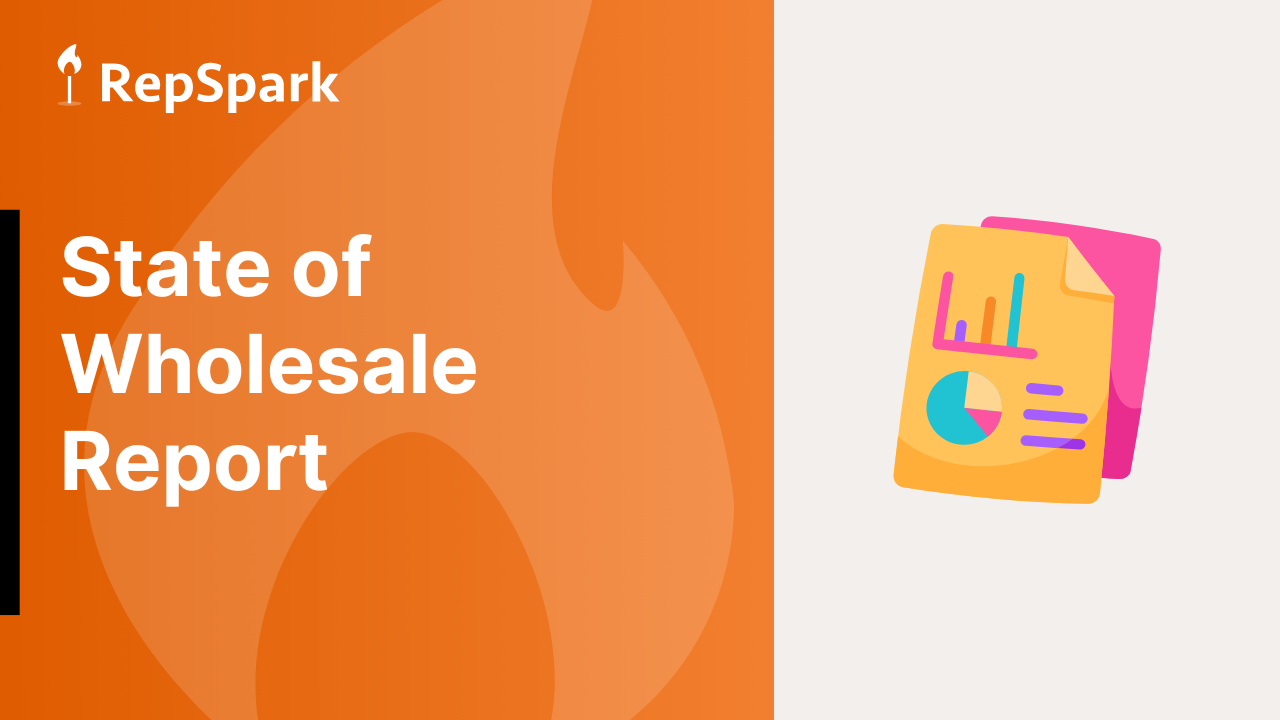Trend Forecasting and Product Planning for Wholesale Apparel
- Chapter I: Introduction
- Chapter II: Why Is Trend Forecasting Essential for Wholesale Apparel Brands?
- Chapter III: How Do Brands Use Data and Market Analysis to Guide Product Planning?
- Chapter IV: How Does Digital Assortment Planning Improve Buy-Ready Collections?
- Chapter V: How Can Brands Encourage Reorders and Collection Longevity?
- Chapter VI: What Are Best Practices for Aligning Teams Around Product Planning?
- Chapter VIII: Conclusion
- Chapter VIII FAQ
Introduction
The apparel industry thrives on anticipating demand. Yet for wholesale brands, inaccurate forecasting or poor assortment alignment can lead to overproduction, markdowns, and lost reorders.
Trend forecasting and product planning give brands the strategic edge to predict what will sell, when, and where.
By combining consumer insights, sell-through data, and B2B order analytics, apparel brands can fine-tune their collections to better align with market realities. Platforms like RepSpark make this possible by centralizing ordering, inventory visibility, and retailer behavior analytics to enable smarter, data-backed planning across wholesale networks.
Let’s explore how trend forecasting, digital product planning, and assortment optimization come together to create successful, profitable seasons.
Related Content
Why Is Trend Forecasting Essential for Wholesale Apparel Brands?
Trend forecasting helps brands translate global style influences into commercially viable assortments. It merges cultural signals, influencer data, and retail analytics to predict what buyers and consumers will want next season.
The most successful apparel brands don’t chase every trend; they identify macro patterns that align with their brand DNA and their retailers’ core customers.
For wholesalers, this process also involves B2B data. RepSpark’s Community gives brands visibility into which other lines are performing well and what retailers are searching for, helping guide assortment priorities based on real-time wholesale demand rather than runway reports.
By integrating predictive insight with actual sell-through and retailer engagement metrics, apparel brands can reduce forecasting errors and plan with confidence.
Related Content
How Do Brands Use Data and Market Analysis to Guide Product Planning?
Market analysis has evolved from anecdotal buyer feedback to data-driven decision-making. Wholesale apparel teams can now use order velocity, SKU performance, and retailer segmentation to understand what drives purchasing behavior.
RepSpark’s integrated analytics tools allow brands to monitor sales trends by category, price point, or region, directly within their B2B portal. This enables teams to adjust their upcoming assortment planning based on proven performance data rather than relying solely on intuition or historical sales.
By analyzing retailer engagement across the RepSpark platform, brands can identify new opportunities (such as emerging regional preferences or price elasticity) and align their product planning accordingly.
How Does Digital Assortment Planning Improve Buy-Ready Collections?
Assortment planning bridges the gap between creative design and commercial success. In wholesale, that means delivering a balanced mix of styles, colorways, and price points that appeal to multiple retail partners.
RepSpark’s digital catalogs and virtual showrooms allow brands to visualize and test assortment plans long before samples are finalized. Buyers can preview collections in context to see how styles pair together and how margins stack across categories.
ERP integration within RepSpark ensures that pre-book and at-once orders align with live inventory, eliminating manual errors. By using digital assortment tools, apparel brands reduce costly production risks and enable faster go-to-market cycles.
How Can Brands Encourage Reorders and Collection Longevity?
In apparel wholesale, success isn’t just about launching new collections; it’s about maintaining momentum through reorders. Brands that track which SKUs and colorways perform best can proactively prompt retailers to restock before sellouts occur.
RepSpark supports this through its reordering workflows and retailer performance analytics. Brands can automate reorder recommendations, run targeted promotions through RepSpark Community, and give retailers one-click access to prior orders for easy replenishment.
Consistent reorders strengthen retailer loyalty, extend product lifecycles, and reduce end-of-season markdown exposure.
What Are Best Practices for Aligning Teams Around Product Planning?
Even the best forecasting and digital tools require organizational alignment to succeed. Merchandisers, designers, sales reps, and operations teams must all use the same data source and timeline for planning.
RepSpark’s Professional Services team helps brands implement structured onboarding and data migration processes so all teams operate from a single system of record. By uniting sales, marketing, and design around shared visibility, brands can reduce friction, accelerate buy meetings, and adapt more dynamically to demand shifts.
Collaboration tools within RepSpark ensure that updates to pricing, inventory, and product details are reflected in real time, creating a “single source of truth” for every wholesale stakeholder.
Conclusion
With the right combination of analytics, forecasting, and platform integration, wholesale apparel brands can design smarter, plan faster, and sell more effectively season after season.
Here are some quick takeaways:
- Trend forecasting connects creative direction to commercial demand.
- Data-driven planning helps identify which products, price points, and color stories perform best.
- Digital catalogs and showrooms make assortment planning more efficient.
- Reordering workflows keeps high-performing styles in circulation.
- Collaboration and centralized data ensure cross-team alignment.
FAQ
Why is trend forecasting important for wholesale apparel brands?
Trend forecasting helps apparel brands anticipate shifts in consumer preferences, seasonal style direction, and market demand. It enables design and merchandising teams to create collections that retailers are more likely to buy and reorder. When forecasting is informed by both fashion trends and wholesale sell-through data, brands reduce inventory risk and align collections more closely to market needs.
How can apparel brands use data to improve product planning?
Data allows brands to identify proven best-sellers, emerging categories, and gaps in seasonal assortments. By analyzing order velocity, retailer engagement, and regional performance, brands can prioritize styles that perform well and adjust those that do not. A platform like RepSpark centralizes this data across pre-books, at-once orders, and replenishment, giving teams a clear, real-time understanding of retailer demand.
What tools help improve assortment planning for wholesale apparel?
Digital catalogs, line sheets, and virtual showrooms provide visual environments for merchandisers and buyers to preview collections, build assortments, and compare options. ERP-integrated tools ensure that inventory levels, pricing, and product information remain accurate throughout the planning process. These tools reduce manual errors and improve the efficiency of seasonal planning.
How do wholesale brands encourage consistent reorders from retailers?
Retailers reorder more frequently when high-performing styles are easy to find, view, and purchase. Brands can support reorder volume by highlighting strong sellers, offering personalized reorder recommendations, and making past order history accessible in their B2B portal. RepSpark’s reorder workflows, analytics, and Community marketplace help brands drive ongoing demand throughout the season.
How should teams collaborate during the product planning process?
Successful product planning requires alignment between design, merchandising, sales, and operations teams. Shared timelines, centralized data, and standardized processes ensure that all teams make decisions based on the same information. RepSpark’s onboarding, training, and real-time data visibility help unify teams, reduce friction, and maintain accuracy throughout seasonal planning.
From Our Blog
Stay up to date with what is new in our industry, learn more about the upcoming products and events.

How Wholesale Outdoor Brands Can Use Data to Sell Smarter

Help Shape Our State of Wholesale Report

